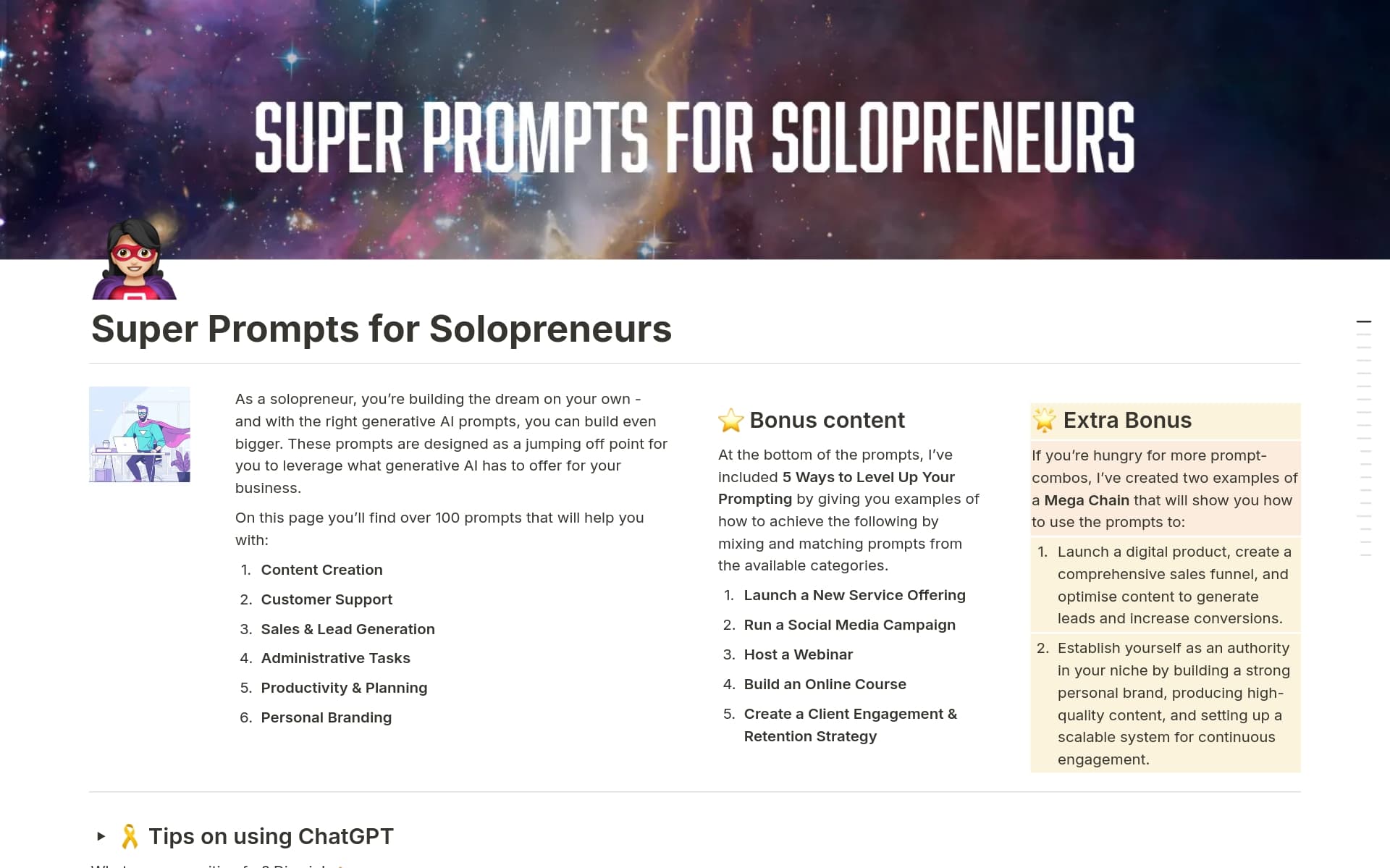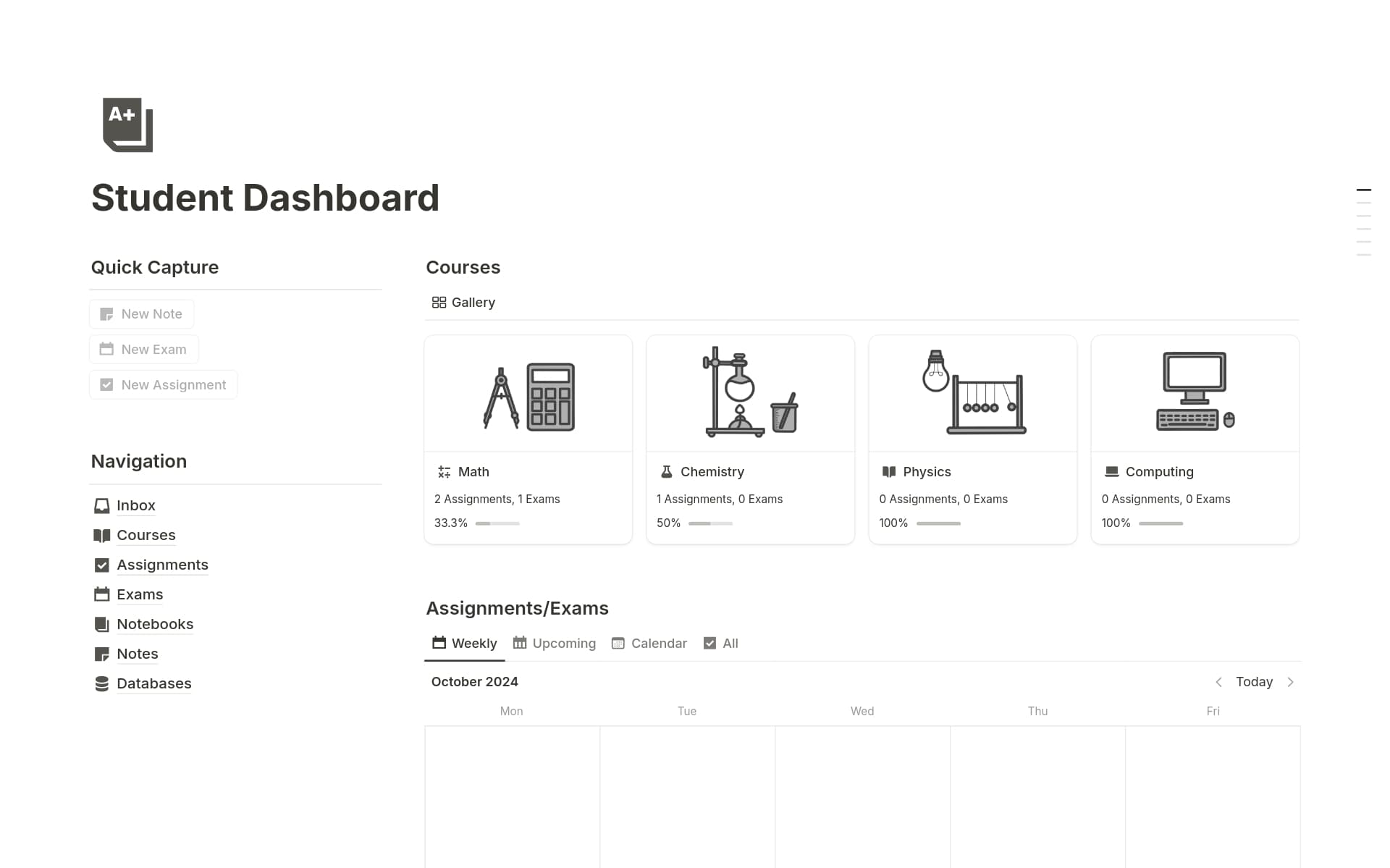Maintaining a Staff Database is crucial for effective team management and organization. It centralizes employee information, streamlines communication, and enhances collaboration by providing a clear overview of team members, their roles, and responsibilities. A Staff Database template in Notion can simplify the creation and maintenance of this database, ensuring that all necessary details are organized and easily accessible.
Before you start building your own Staff Database, consider exploring these Notion templates to make the process smoother and more efficient.
What Should Staff Database Templates Include?
Choosing the right Staff Database Template in Notion can streamline your HR processes and enhance team management. Here are key components to look for:
Contact Information: Ensure the template has fields for comprehensive contact details, including emergency contacts and social media handles.
Employment Details: It should include sections for job titles, department, manager information, and employment history to track career progression.
Performance Reviews: A good template will have provisions for recording performance evaluations, feedback, and goals to aid in employee development.
Access Controls: Look for templates that allow you to set different visibility and editing permissions to secure sensitive information.
Selecting a well-structured Staff Database Template can significantly impact your organization's efficiency and employee satisfaction.
What Should Staff Database Templates Avoid?
When selecting a staff database template in Notion, it's essential to be aware of certain features that might complicate or hinder your workflow. Here are three key components to steer clear of:
Overly Complex Structures: Templates with too many layers and subcategories can make navigation and data retrieval cumbersome. Opt for simplicity to enhance user experience.
Non-Customizable Fields: Avoid templates that don't allow you to modify or add new fields. Flexibility is key in adapting the database to your specific organizational needs.
Limited Access Controls: Ensure the template supports varied permission settings to secure sensitive information and control who can view or edit the database.
Choosing the right template involves more than just aesthetics; functionality and adaptability play significant roles in ensuring that the staff database serves its intended purpose effectively.



